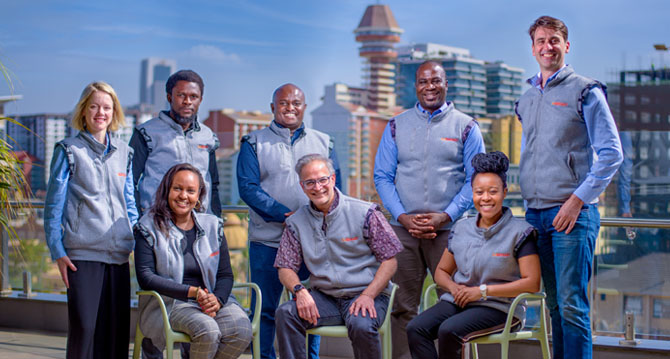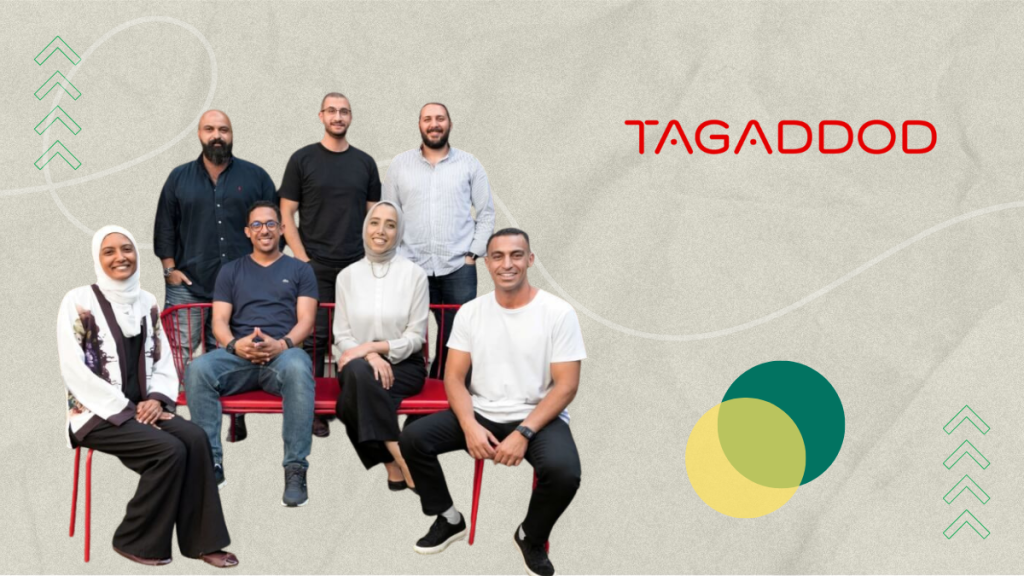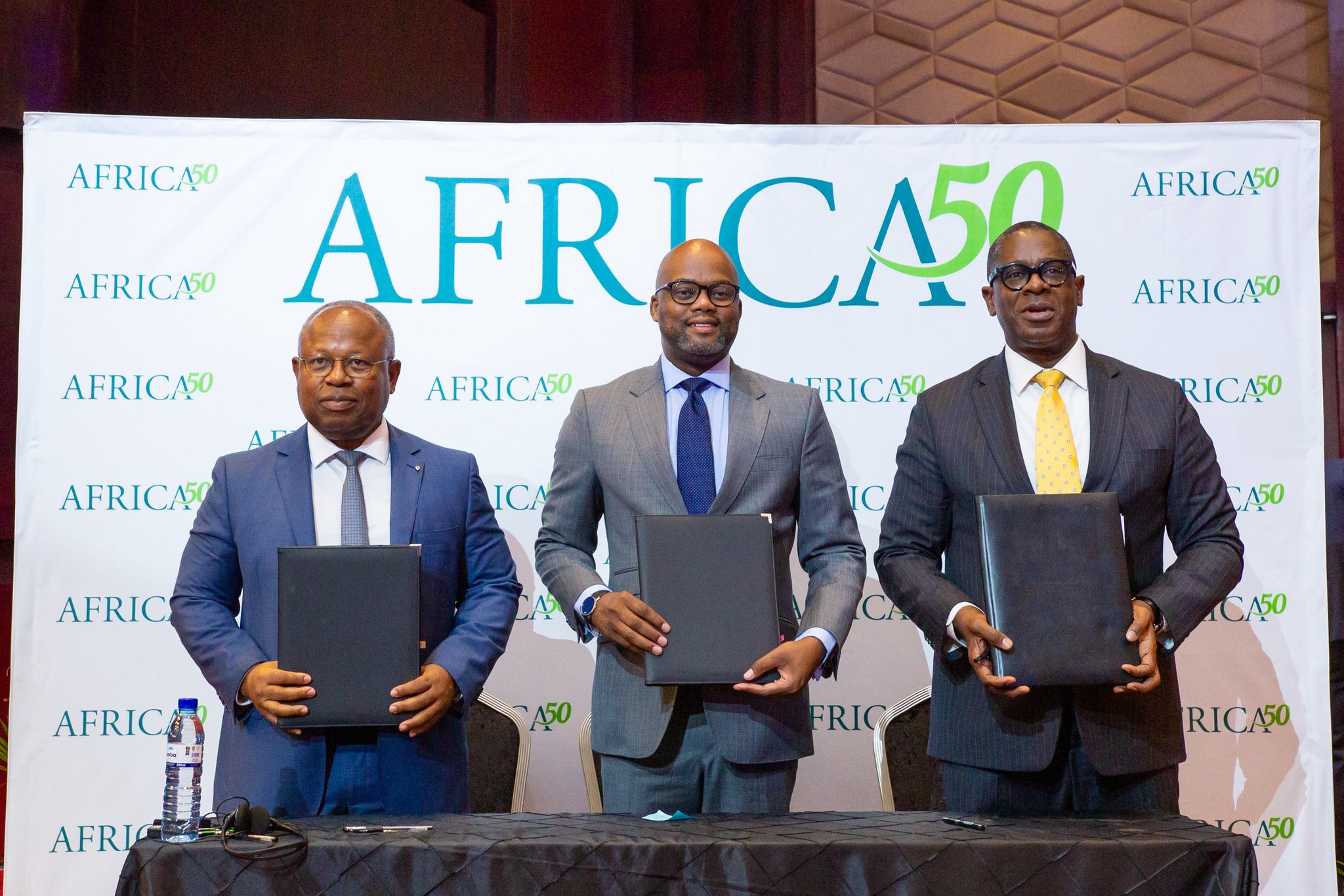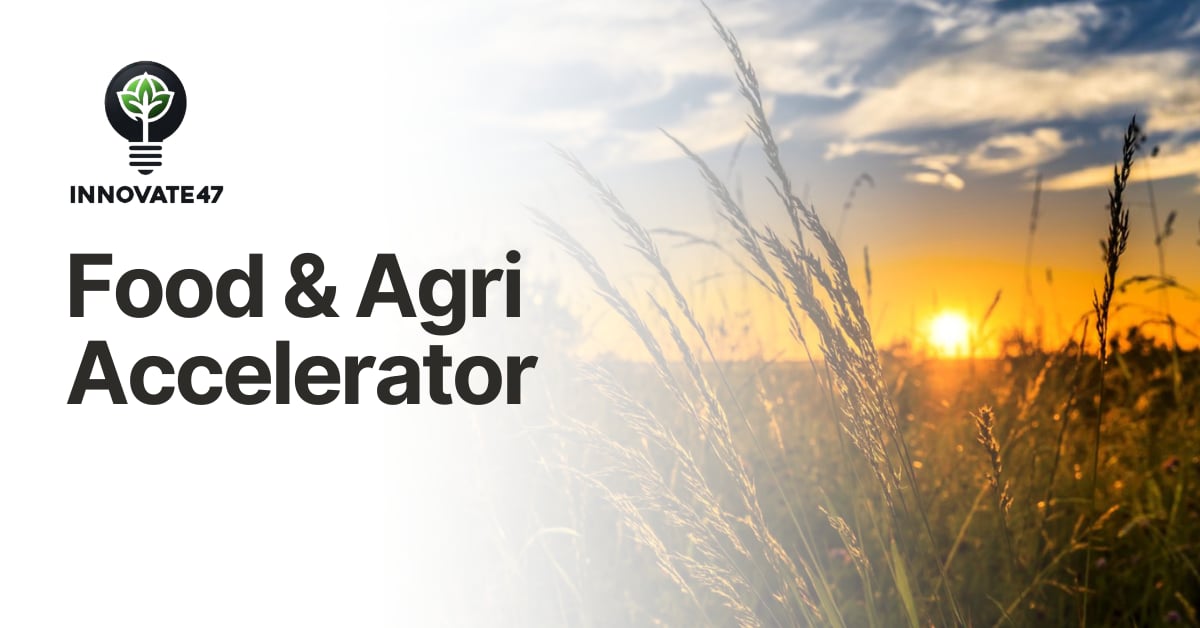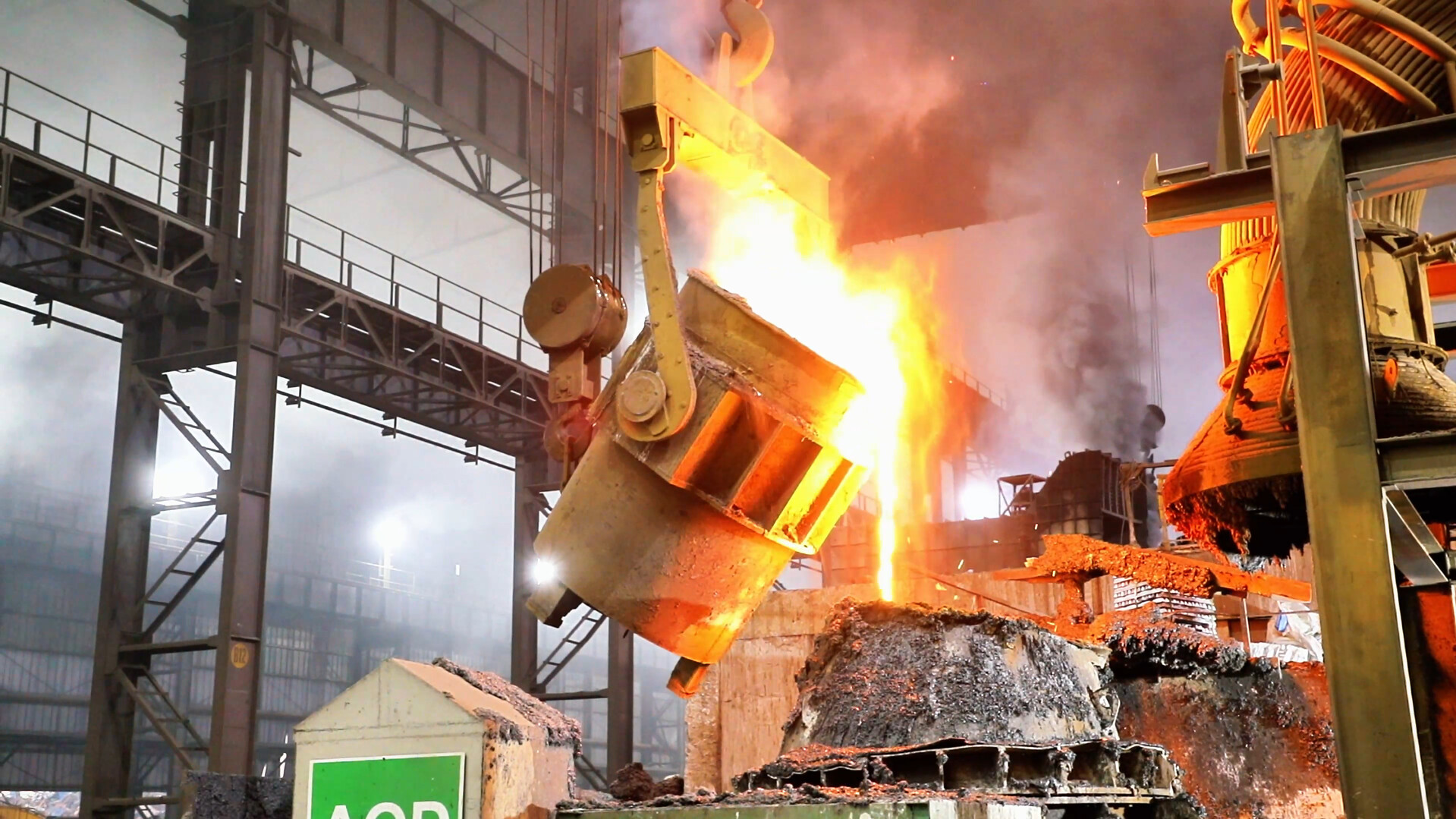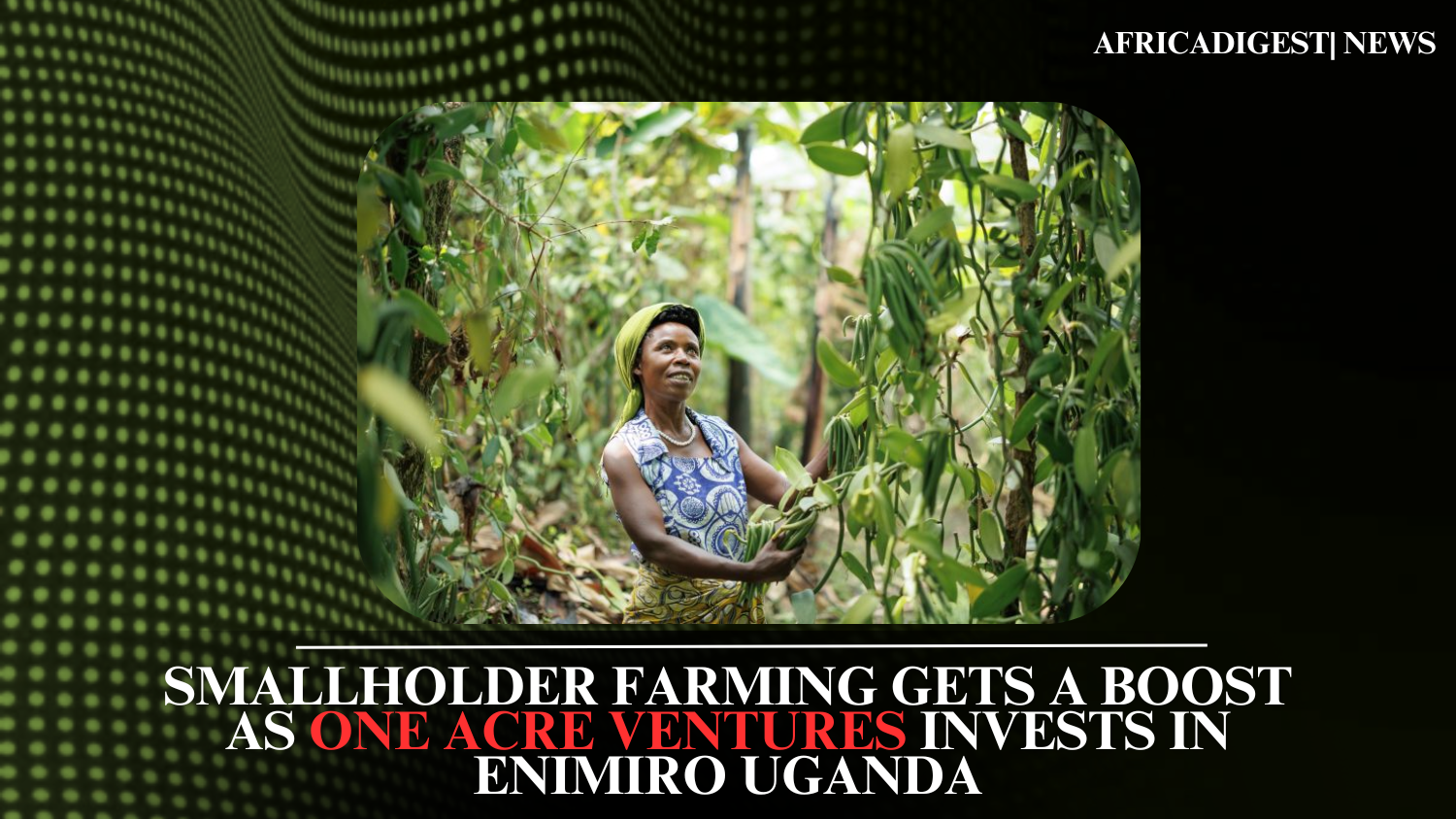With sub-Saharan Africa among the regions most vulnerable to climate shocks, Acumen’s $90M KawiSafi Fund II is stepping in to accelerate the continent’s transition to sustainable energy and climate-smart innovation.
Key Investors and Funding Breakdown
The fund has attracted commitments from prominent climate financiers, indicating growing confidence in Africa’s potential for green innovation.
Of the $90 million approved, $40 million is already committed, providing a strong foundation for immediate deployments.
Major backers include:
- Green Climate Fund (GCF): Continuing its support from Fund I, GCF serves as an anchor investor to mobilise capital for low-carbon development.
- African Development Bank’s SEFA: Contributing $10 million in junior equity, approved in August 2024, to help local businesses expand climate projects.
- Schmidt Family Foundation: Supporting initiatives that promote environmental sustainability and equity.
- Quadrature Climate Foundation: Focused on accelerating global decarbonisation efforts.
While the fund’s ultimate target size is reported as up to $200 million for broader sub-Saharan Africa efforts, the current $90 million milestone signals strong market momentum.
This patient, risk-tolerant capital is essential in a region where equity shortages often hinder emerging climate businesses from scaling.
Understanding KawiSafi Fund II: A Catalyst for Africa’s Climate Future
KawiSafi Fund II, managed by Acumen, a global impact investor dedicated to building markets that solve poverty, represents an evolution in climate-focused financing.
This for-profit investment vehicle builds on nearly a decade of experience from its predecessor, expanding its scope to address broader climate challenges beyond off-grid energy.
The fund targets scalable business models in renewable energy, sustainable agriculture, climate-smart infrastructure, and circular economy solutions, with a strong emphasis on inclusive, low-carbon growth.
Unlike traditional venture funds, KawiSafi Fund II deploys catalytic equity financing to support enterprises that drive systemic change in Africa’s energy and climate landscape.
READ ALSO:
Why Africa’s Energy Poor Could Benefit Most From MOPO’s £5M Backing
Building on the Success of KawiSafi Fund I
KawiSafi Fund II follows the proven model of its predecessor, a $67–70 million clean energy fund launched in 2016 and closed in 2019.
Fund I invested in 10–15 companies, primarily in East Africa, providing affordable solar solutions like lanterns, home systems, and mini-grids.
Notable portfolio companies included d.light, Bboxx, and BioLite, which helped deliver clean energy to over 10 million people, half of them low-income, and displaced more than one million tons of CO₂.
Fund I demonstrated that distributed clean energy can drive Africa’s economic transformation while generating market-competitive returns.
Path Forward
Looking ahead, Fund II is expected to support gender-smart startups and promote resilience against climate risks.
With Africa’s renewable energy sector projected to grow rapidly amid global decarbonisation goals, this fund could catalyse billions in follow-on investments, creating jobs and enhancing energy access.
Recent commitments, such as Heading for Change’s investment in early 2025, further highlight the fund’s appeal to impact-orientated investors.
Why This Matters for Climate Innovation in Africa
Africa, despite contributing the least to global emissions, faces severe climate impacts like droughts and floods that exacerbate poverty.
Funds like KawiSafi II are vital for bridging the financing gap, empowering local entrepreneurs to build resilient, low-carbon economies.
By prioritising underserved markets, it aligns with UN Sustainable Development Goal #7 (Affordable and Clean Energy) and supports broader goals for universal energy access by 2030.
Stay tuned for updates as the fund deploys capital and scales impact across the continent.
Ronnie Paul is a seasoned writer and analyst with a prolific portfolio of over 1,000 published articles, specialising in fintech, cryptocurrency, and digital finance at Africa Digest News.
